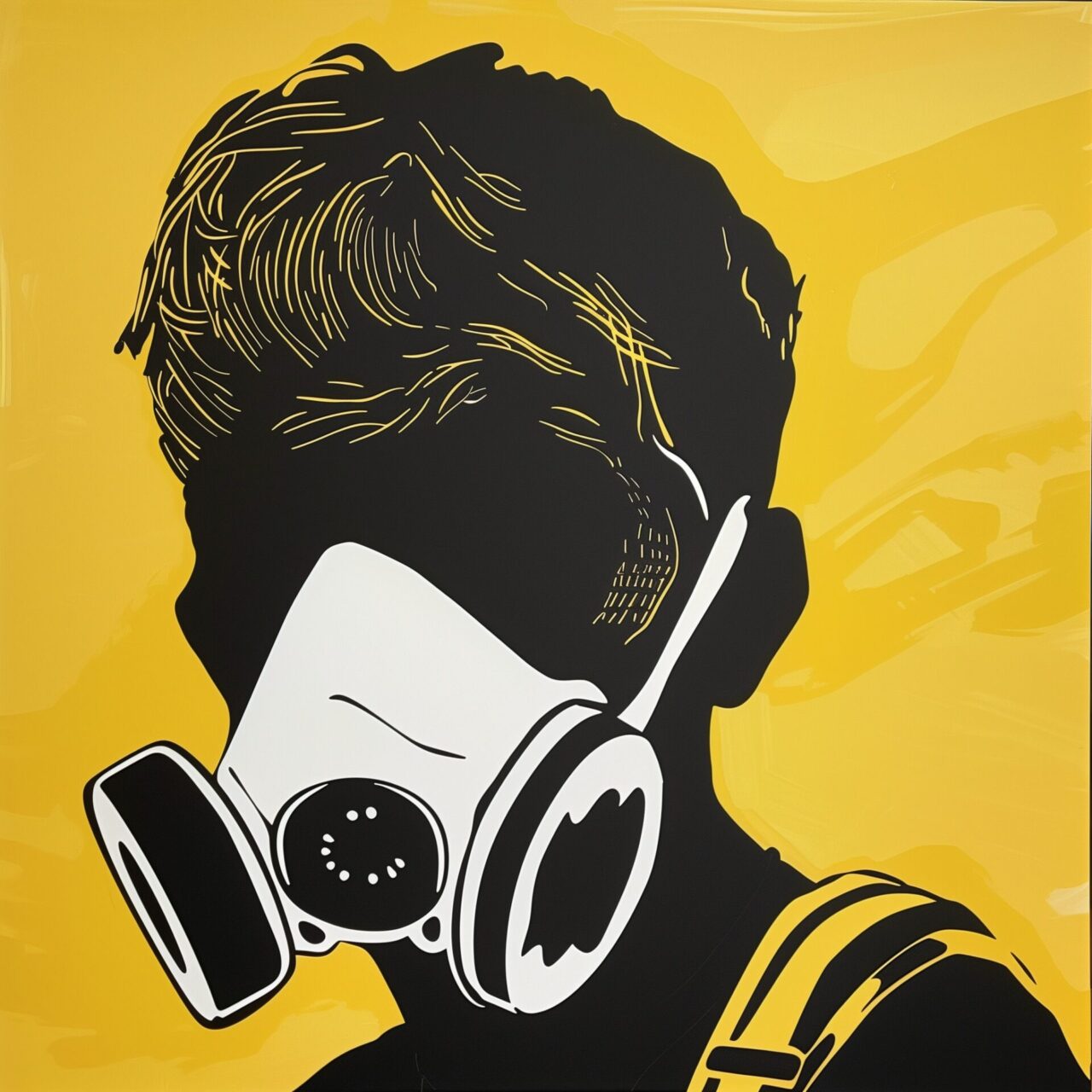
The cinematic anatomy of David Cronenberg
David Cronenberg, often referred to as the maestro of body horror, has created a body of film that explores both the physical and psychological limits of human nature. Cronenberg’s films are imbued with recurring motifs of transformation, techno-body dualism and the dark side of scientific assault. This analysis looks at the evolution of his subject matter and stylistic signature through his entire filmography.
Early works: Experimental beginnings and the incubation of horror
Stereo (1969) and Crimes of the Future (1970)
Cronenberg’s career began with these two experimental films, which deal with themes of mind and body control, isolation and human evolution. His fascination with the scientific manipulation of human abilities is already recognisable here, a premise that runs like a red thread through his entire oeuvre.
The establishment of body horror
Shivers (1975)
Here, Cronenberg enters the realm of body horror for the first time. The film shows how parasites transform people into violent, sex-obsessed creatures, which illustrates Cronenberg’s interest in the fusion of physical horror and social satire.
Rabid (1977)
The film continues with an exploration of illness as a metaphorical and real horror device. The film combines elements of the vampire myth with modern scientific experiments, underlining Cronenberg’s fascination with the dark side of medical research.
The Brood (1979)
Psychological horror meets physical manifestation when emotional trauma literally becomes living creatures. “The Brood” illustrates Cronenberg’s interest in the psychosomatic connection and the uncanny in the human psyche.

Breakthrough and further development
Scanners (1981)
In “Scanners”, telepathy and telekinesis become weapons. This film illustrates Cronenberg’s interest in the potential danger of human evolution and the ethical ambiguity of scientific experiments.
Videodrome (1983)
With this work, Cronenberg delivers a sharp critique of the media landscape and its influence on reality and the human body. The fusion of man and technology becomes central and formative here for the first time.
The Fly (1986)
A highlight of Cronenberg’s career, “The Fly” is a tragic love story embedded in a gruesome tale of scientific hubris and physical mutation that challenges viewers both emotionally and visually.
Later works: philosophical depth and formal experiments
Dead Ringers (1988)
The exploration of the human psyche is further deepened through the story of identical twins who are destroyed in their professional and personal fusion. This film demonstrates Cronenberg’s enduring interest in identity and duality.
Naked Lunch (1991)
An adaptation of William S. Burroughs’ novel of the same name, blurring the lines between reality and hallucination and demonstrating Cronenberg’s ability to visually realise complex literary works.
Crash (1996)
A controversial film that combines human sexuality and technological fetishism, presenting the characters’ obsessions with car crashes as new forms of desire.
eXistenZ (1999)
Here Cronenberg returns to his roots in techno-horror and explores virtual realities, emphasising his ongoing exploration of the interface between man and technology.
David Cronenberg’s cinematic work is deeply rooted in themes of transformation and transgression. From his experimental beginnings to his complex, often controversial later works, a coherent vision emerges that views the human body as a battleground for exploring modern technologies and the darker side of the human soul. His films are not only to be understood as individual narrative entities, but also as an ongoing investigation into human nature and its potential futures. By integrating literature, media criticism and profound philosophical reflection, Cronenberg has created an oeuvre that occupies a firm place in both film history and cultural discussion.


